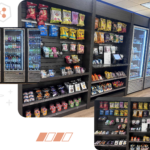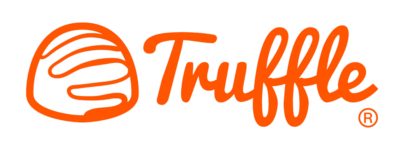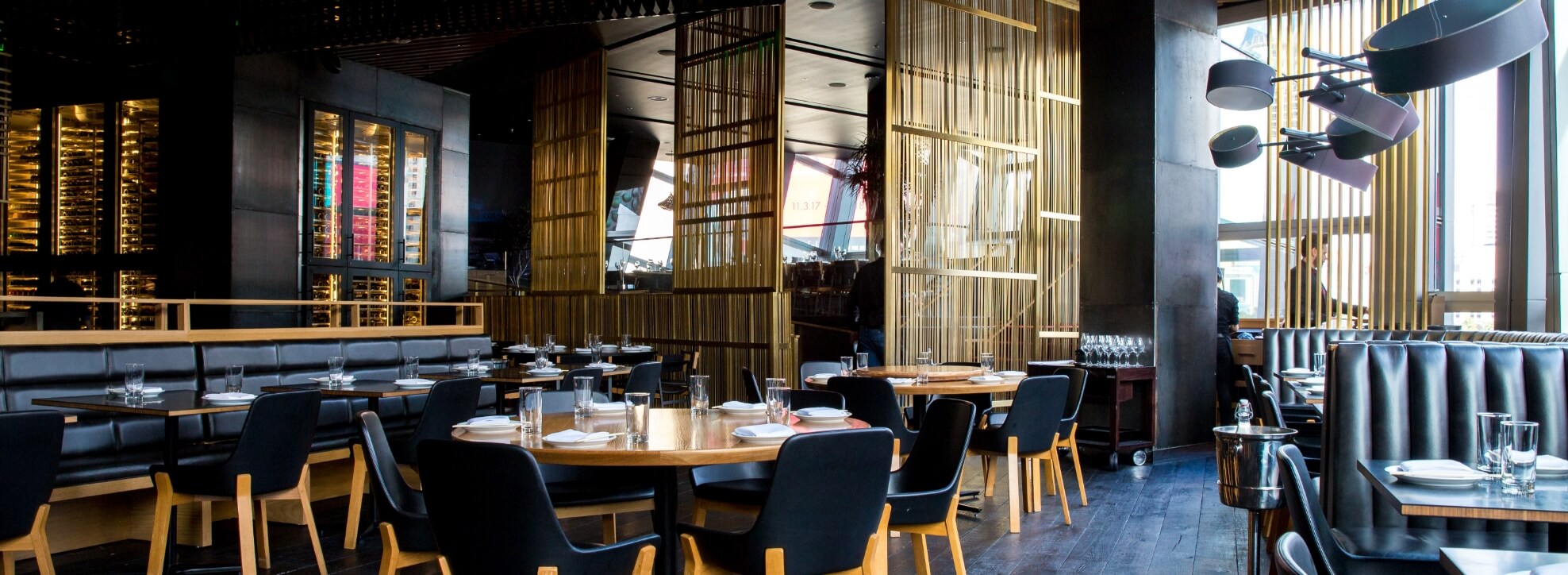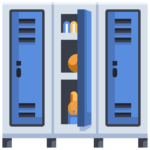- Features
-
Order Management
-
Kitchen Display
-
 Micro Market
Micro Market
Ordering
Enhance customer experience by reducing congestion and increase order numbers with uncoupled features.
Fulfillment
Maximize kitchen efficiency and throughput with secure orders that eliminate mix-ups and enhance FOH-to-BOH communication.
Pickup & Delivery
Grow customer loyalty with the only end-to-end service that offers you pickup and delivery integrations.

A tool that saves you time, increases revenue, drives loyalty and cuts down on throughput.
One system to empower your restaurant end-to-end
Our solutions empower you to grow with ground-breaking technology that grows your operations while cutting costs.



-
- Customers
-
Quick Service
-
Hotels & Resorts
-
Sports & Entertainment Centers
-
Campus Dining
-
Cloud Kitchens
-
Pizzerias
Made For
Explore the custom options we've created for these types of restaurants.
December 4, 2024Howard Technology Solutions Partners with Truffle Systems to Revolutionize Frictionless Order Pickup and Micro Market…November 7, 2023Why do you need a digital drive-thru menu board? How do you make yours more…September 4, 2023Why do you need a digital drive-thru menu board? How do you make yours more…September 1, 2023Automated inventory management can significantly improve a restaurant's operations. Here's what you need to know…September 1, 2023What factors do you need to consider when selecting a fast food POS system? Read… -
- Pricing



